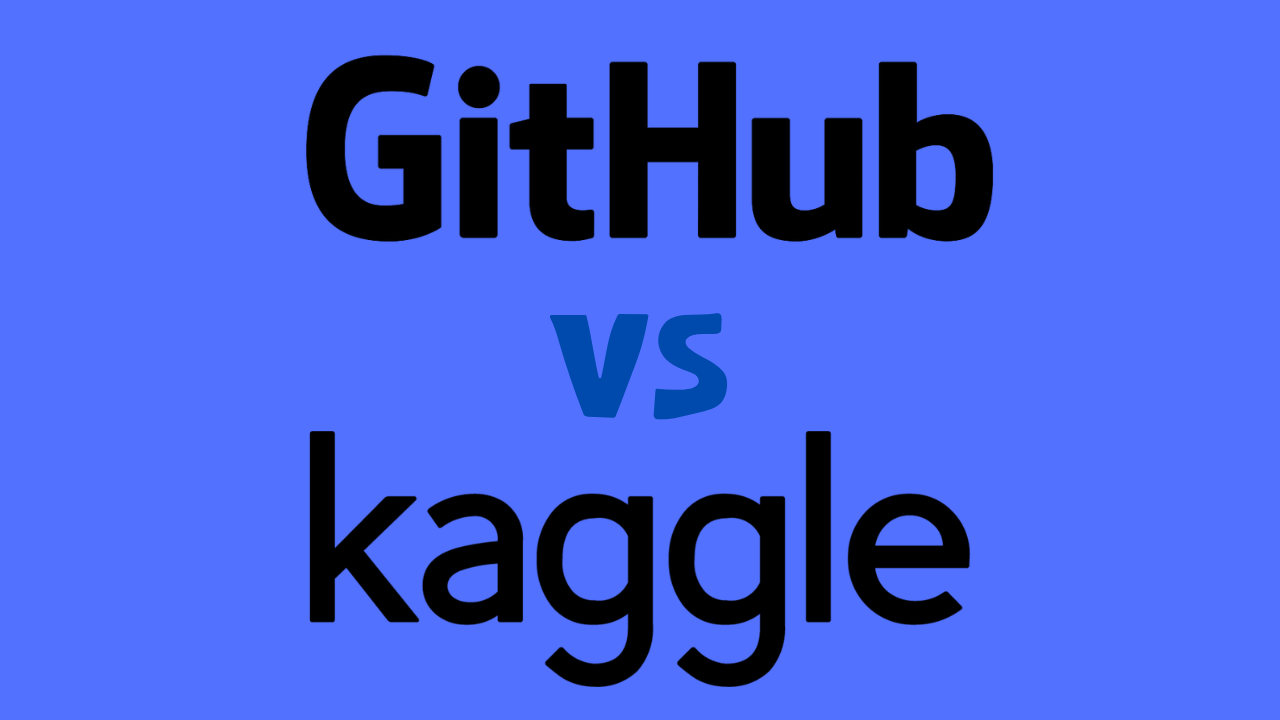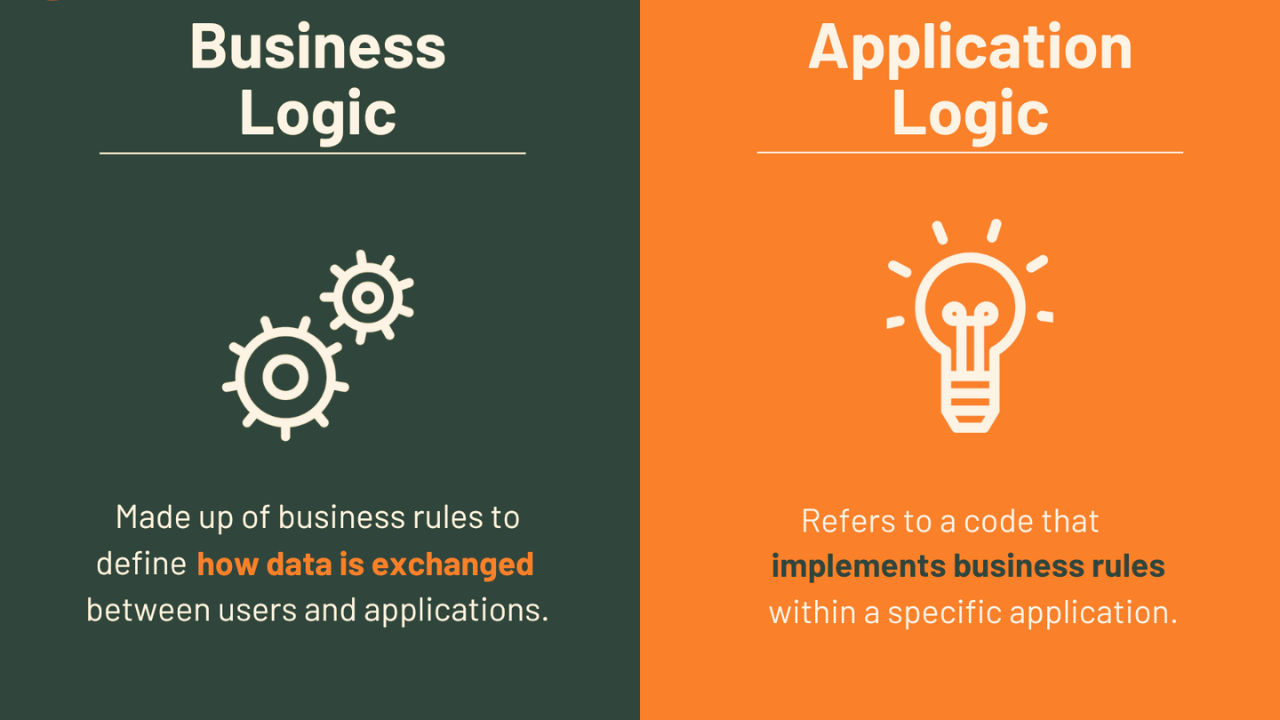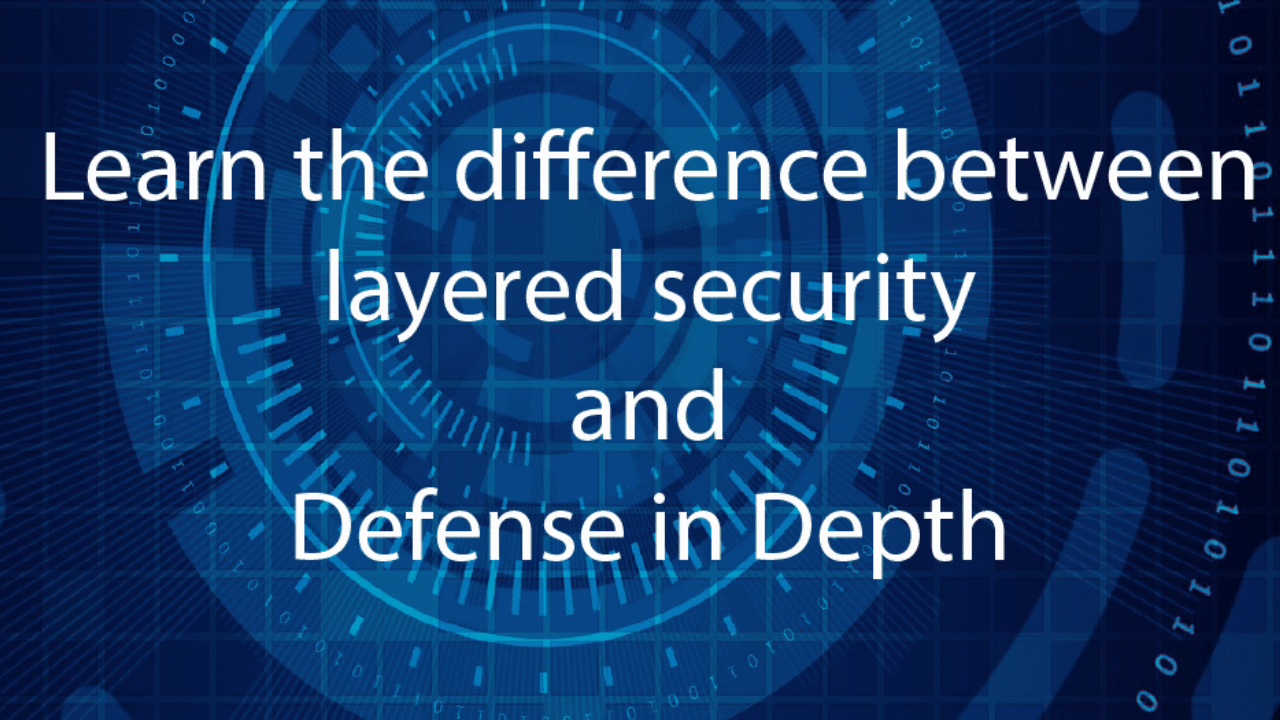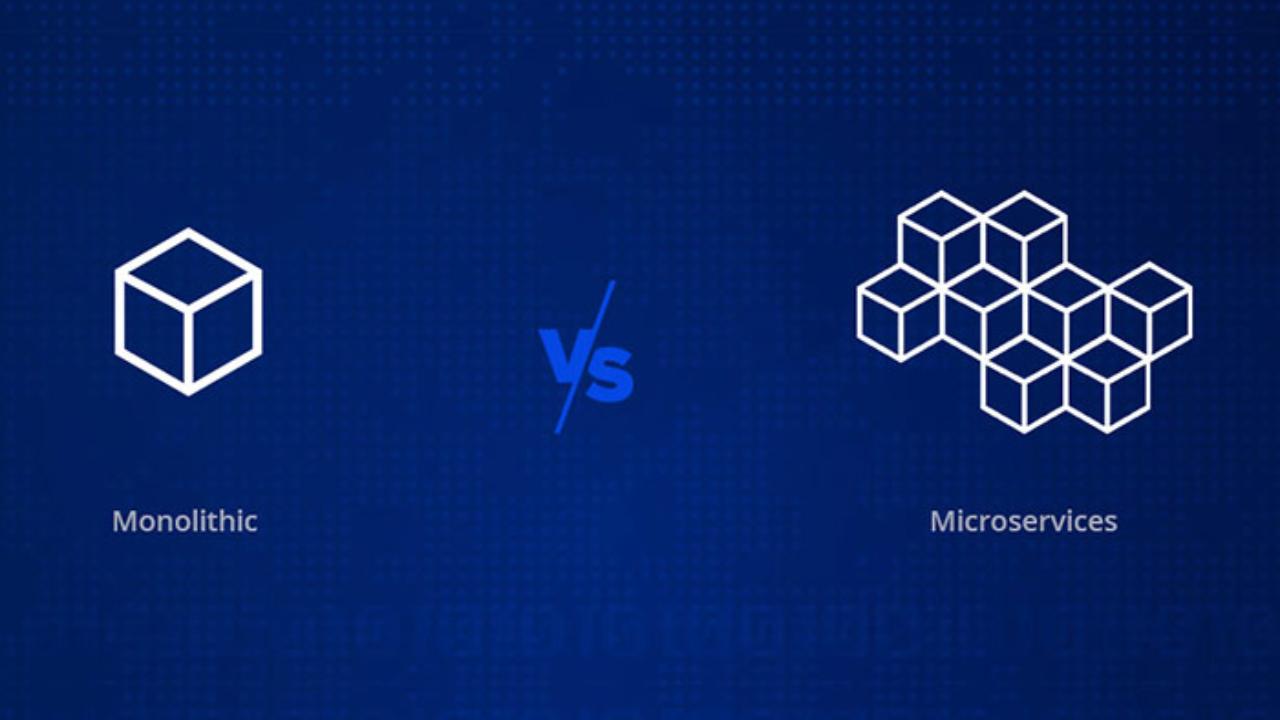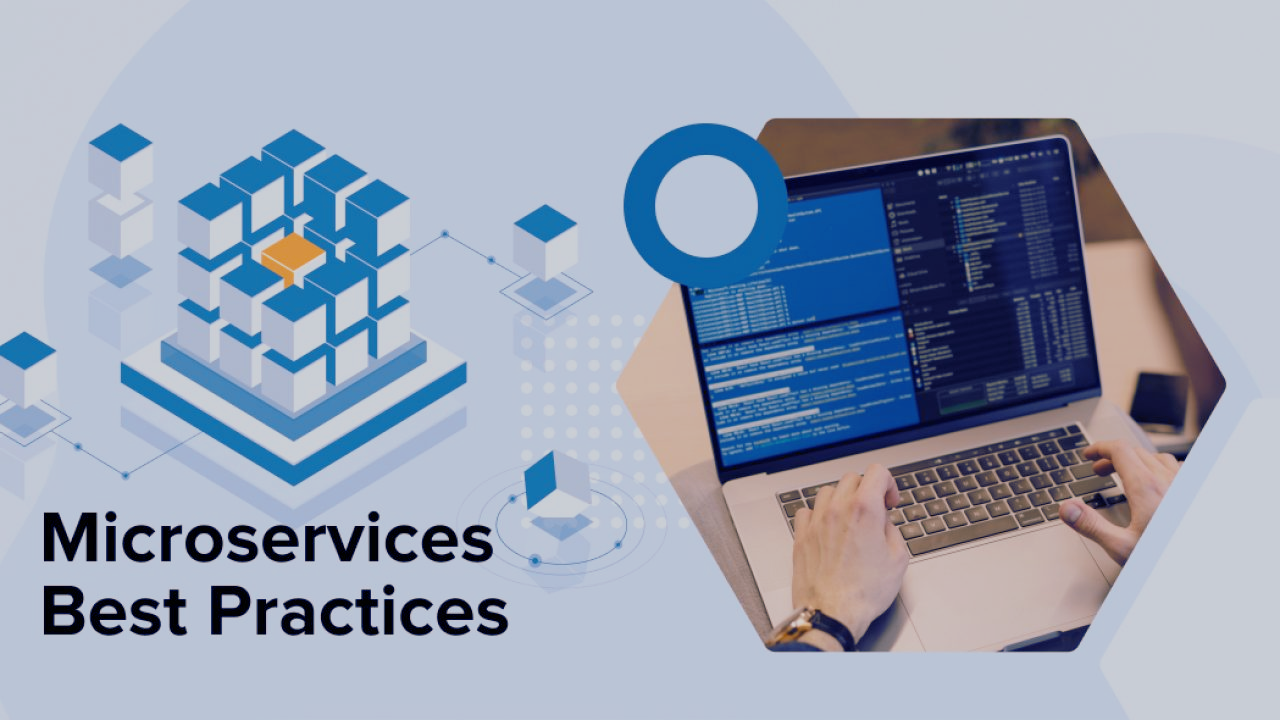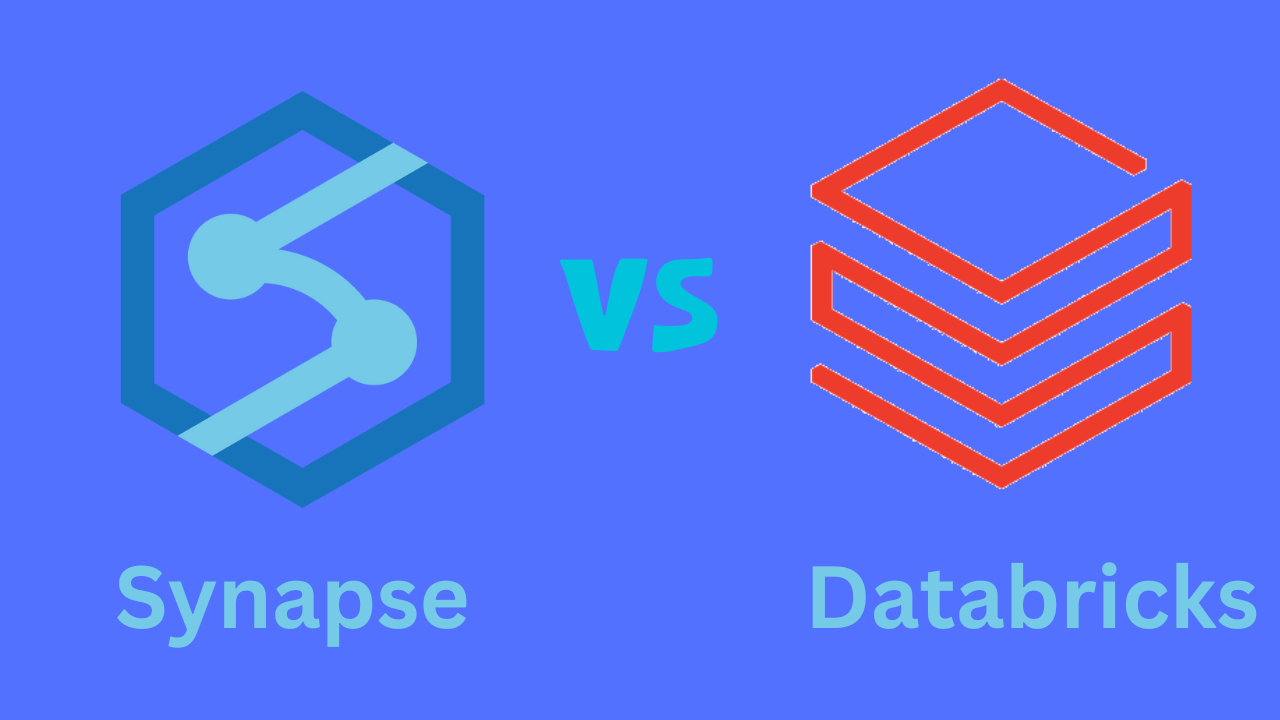One of the key decisions facing enterprise IT leaders is whether to buy software and host it on servers they own or control, or subscribe to a Software as a Service (SaaS) solution. This decision can have significant long-term cost implications, and it’s important to carefully consider the factors involved in each approach. In this article, we’ll explore the main differences between on-premise vs SaaS, and provide frameworks for creating financial models for each approach.
Accelerate Your Career in AI with Best Machine Learning Courses
What is On-Premise Software?
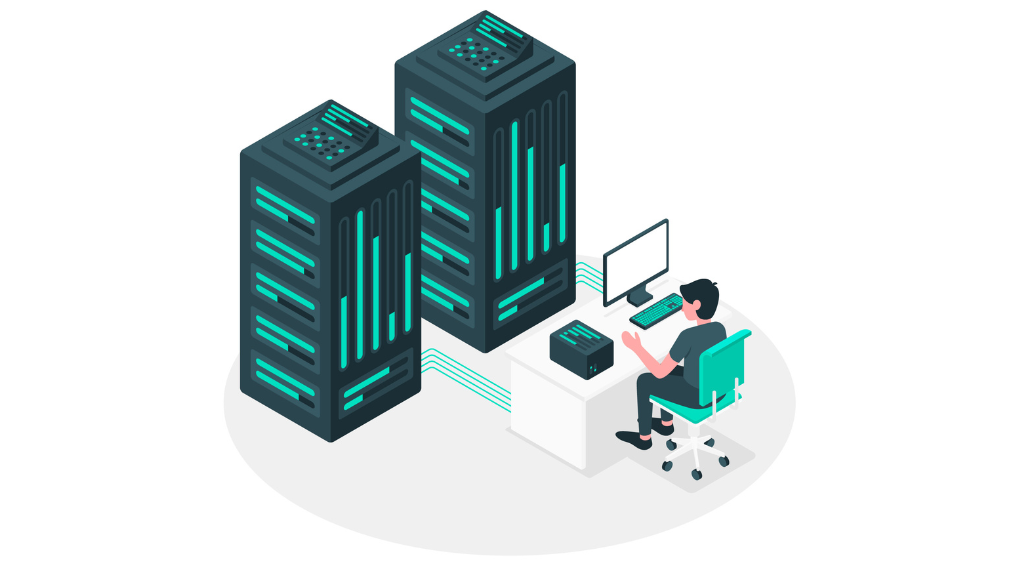
On-premise software refers to software that is installed and run on servers that are owned or controlled by the organization. This means that the organization is responsible for maintaining the hardware and software infrastructure required to run the software. On-premise software is typically licensed on a perpetual basis, meaning that the organization pays an upfront fee for the software and then pays ongoing maintenance fees to receive updates and technical support.
Power Your Analytics with the Best Business Intelligence Dataset
Introducing Software as a Service (SaaS)
Software as a Service (SaaS) refers to software that is delivered over the internet and hosted by a third-party provider. This means that the organization does not need to maintain any hardware or software infrastructure to run the software. Instead, they pay a subscription fee to the provider to access the software. SaaS providers are responsible for maintaining the software and infrastructure required to run it, as well as providing technical support and updates.
On-Premise vs SaaS: Cost Comparison
When comparing the costs of on-premise software and SaaS, there are several factors to consider. These include:
Pricing Models
Pricing models for on-premise software can be complex. Things you’ll need to consider include how the license and maintenance fees accumulate over a three-year or five-year period, the combination of upfront and long-term recurring fees, including the costs of major upgrades and technical support. SaaS pricing models are often more flexible – allowing you to pay monthly, quarterly or annually to suit your cash flow requirements. Simpler approaches make it easier to plan budgets and avoid cost overruns.
Upfront Costs
On-premise software typically requires a significant upfront investment to purchase and install the software, as well as the hardware and infrastructure required to run it. SaaS, on the other hand, requires little to no upfront investment, as the software is hosted by the provider and accessed over the internet.
Maintenance Costs
On-premise software requires ongoing maintenance and support, which can be costly. This includes the cost of updates, upgrades, and technical support. SaaS providers are responsible for maintaining the software and infrastructure required to run it, as well as providing technical support and updates. This means that maintenance costs are included in the subscription fee, and there are no additional costs for updates or technical support.
Scalability
On-premise software can be difficult to scale, as it requires additional hardware and infrastructure to support additional users or increased usage. SaaS, on the other hand, is designed to be scalable, and can easily accommodate additional users or increased usage without requiring any additional hardware or infrastructure.
Customization
On-premise software can be customized to meet the specific needs of the organization, but this customization can be costly and time-consuming. SaaS, on the other hand, is typically less customizable, but can be configured to meet the needs of the organization without requiring any additional development or customization.
Security
On-premise software is typically considered more secure, as the organization has complete control over the hardware and infrastructure required to run the software. SaaS, on the other hand, relies on the security measures implemented by the provider, which may not meet the specific security requirements of the organization.
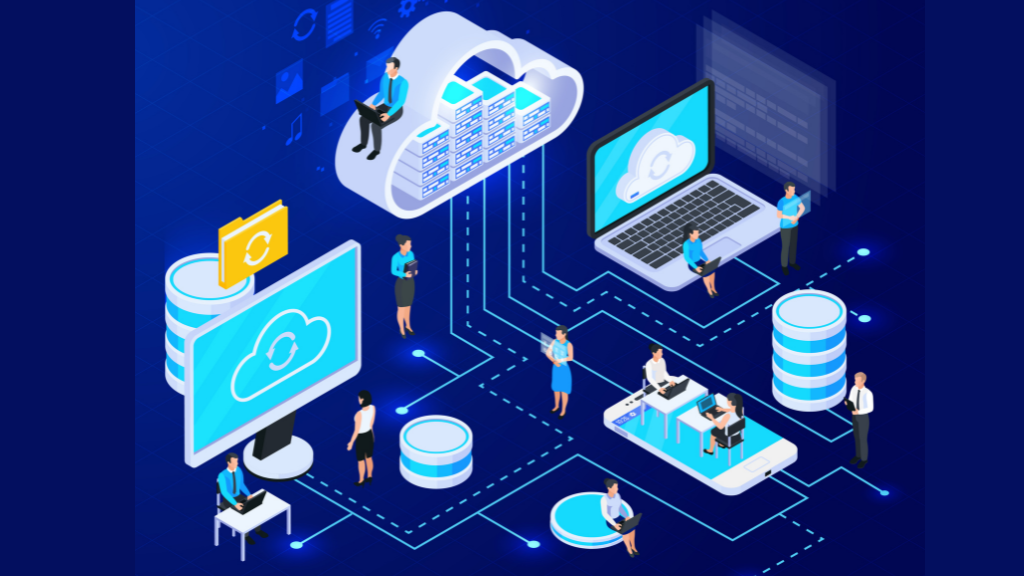
Productivity
The right software setup can empower your employees to work more efficiently, by providing them with time-saving features. SaaS solutions work natively on mobile devices, allowing employees to be more productive by working from anywhere, on any device. Many on-premise solutions require a VPN or custom-built mobile app for the software to work on mobile devices.
Return on Investment (ROI)
When comparing the ROI of on-premise software and SaaS, it’s important to consider both the short-term and long-term costs and benefits of each approach. On-premise software requires a significant upfront investment, but may provide a higher ROI over the long term. SaaS, on the other hand, requires little to no upfront investment, but may provide a lower ROI over the long term due to ongoing subscription fees.
Which Solution is Best for Your Business?
When deciding between on-premise and SaaS solutions, there are several factors to consider. These include:
Budget: On-premise solutions require a significant upfront investment, while SaaS solutions require ongoing subscription fees. Consider your budget and cash flow when making a decision.
Control: If you require complete control over your software and data, on-premise solutions may be the better choice. If you are comfortable with a third-party provider managing your software, SaaS may be a good option.
Scalability: If you anticipate significant growth in your business, SaaS solutions may be more scalable and easier to manage. On-premise solutions may be more difficult to scale up as your business grows.
Internet connectivity: If you are located in an area with poor internet connectivity, on-premise solutions may be the better choice. If you have reliable internet access, SaaS solutions may be more convenient.
Conclusion
When deciding between on-premise software and SaaS, it’s important to carefully consider the costs and benefits of each approach. While on-premise software may provide more control and customization, it requires a significant upfront investment and ongoing maintenance costs. SaaS, on the other hand, requires little to no upfront investment and provides greater scalability and flexibility, but may not meet the specific security or customization requirements of the organization. By carefully considering these factors, organizations can make an informed decision that meets their specific needs and budget.


